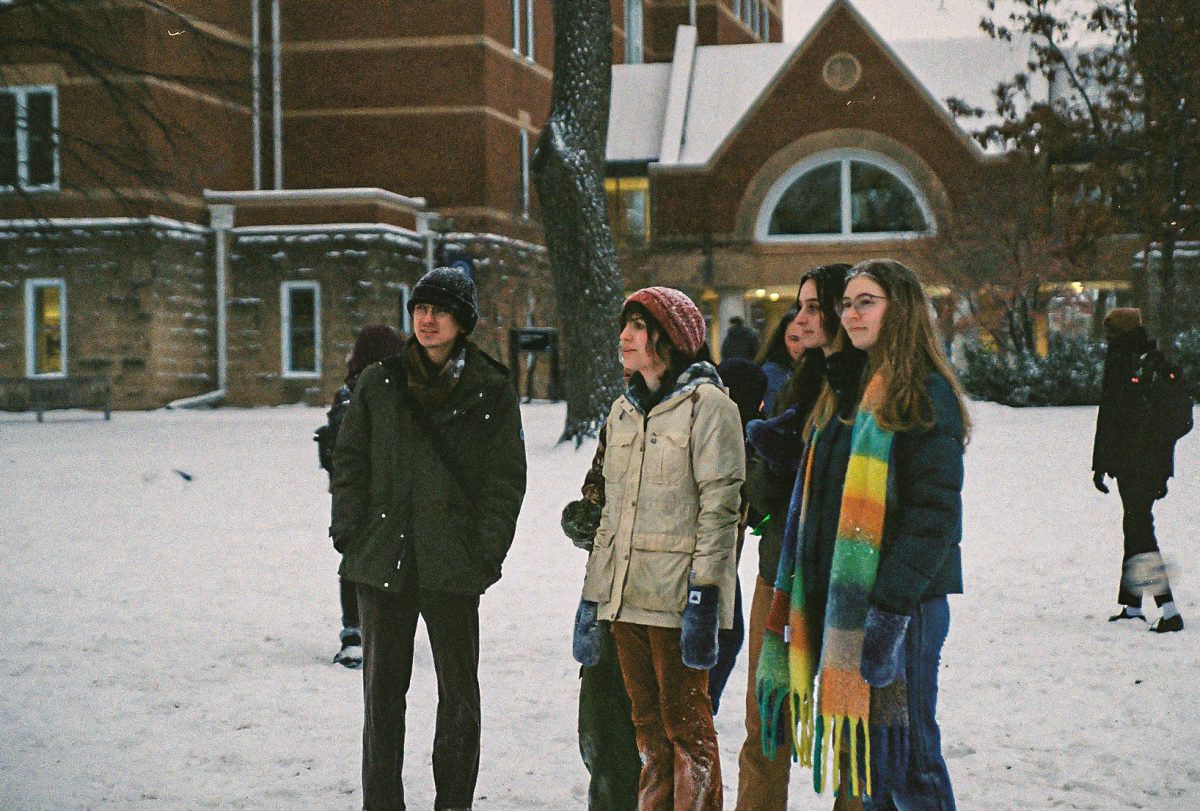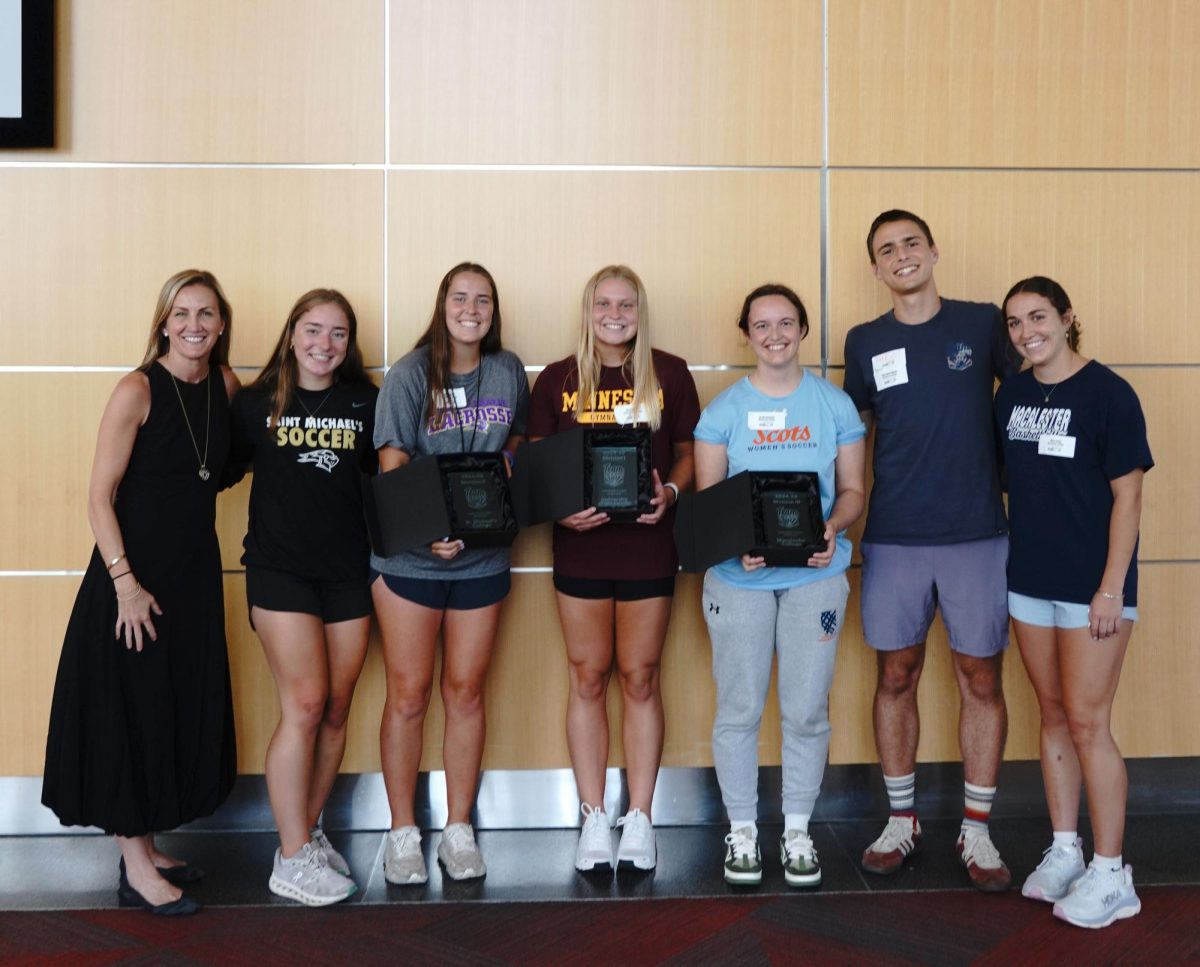This week, I decided to focus exclusively on local transportation news and updates! There’s been a recent spate of announcements and some fresh controversy, so I am going to lay it out for you all. I’ll be discussing a wide variety of ongoing and proposed transportation projects in the Twin Cities—here goes nothing!
To begin with, the Metropolitan Council (the Twin Cities’ regional governing body; it’s in charge of transit, among other things) announced on January 25th the regional projects recommended for federal matching funding as a part of the Transportation Improvement Program (TIP). The TIP includes all federally funded transportation projects, including transit, bike, pedestrian and highway improvements in the seven county Twin Cities metro region.
Cities, transit agencies and other organizations in the metro region had the opportunity to submit projects to be considered for TIP by the Transportation Advisory Board (TAB). TAB reviews all the applications—150 this cycle—and narrows them down to the final group that are ultimately recommended for federal funding.
Although the approval and recommendation process for these projects is quite complicated, the impacts on the average transit user (and driver/pedestrian/cyclist) in the Twin Cities are extensive. Of the 58 total projects recommend for federal funding through 2018-2021 TIP, one is likely to be of great interest to Mac students: The 63 route has been recommended for nearly eight million dollars worth of “Service Improvement”! If given the federal funding, the 63 would become one of Metro Transit’s “High Frequency” networks, with buses running every 15 minute for almost the whole day, Monday – Saturday and a 20-minute frequency on nights and Sunday.
The poor old 63, of course, has become a frequently maligned part of our neighborhood’s transportation system, but it appears Metro Transit’s planners have been listening to the populations they serve in some way. The 63 continues through downtown St. Paul to the Dayton’s Bluff neighborhood, with its eastern terminus at the Sunray Shopping Center. According to the Met Council, Dayton’s Bluff is in an area of concentrated poverty where more than 50 percent of the residents are people of color – so the 63 does serve more than the much whiter and affluent population of Mac-Groveland.
If built, a few other St. Paul projects would delight bike enthusiasts – funding for the uncompleted northern portion of the Grand Rounds bike network (look it up!) are included for Como Avenue and Johnson Parkway. Cycles for Change, a stalwart St. Paul organization many Mac community members have visited, would receive over $250,000 to expand their Learn to Ride a Bicycle Program. St. Paul Smart Trips, an alternative transportation advocacy nonprofit would gain $150,000 for a “Colleges as Hubs for Transit Demand Management Program.” This fascinating-sounding program would work with local colleges (including Mac, I’m sure), to work on shifting travel behavior in the college setting. One example in their proposal is to “analyze different pricing and structural models for increasing use of the College Pass,” something I think is much needed.
Moving to other news, there’s currently another storm brewing around a large and controversial planned transit expansion in the Twin Cities: The Southwest Light Rail Project, now known as the Green Line Extension. Long story short: Less than three years after the successful opening of the original Green Line, Metro Transit is, as of this month, almost finished with the engineering and design phase for the Green Line Extension, a 14.5-mile extension to the existing line.
Metro Transit decided to make this project an “extension” of the Green Line instead of giving it a new color or name, which they could have done. If you’re not familiar with the Green Line Extension, you should be: its ultimate cost if built will be nearly $2 billion! It also would be the first light rail of any sort to connect St. Paul and Minneapolis with their suburbs since the streetcar network was torn up in the 50s.
Beginning at Target Field Station in Minneapolis, the Green Line Extension would swoop down between Lake of the Isles and Cedar Lake and sail through St. Louis Park, Hopkins and Minnetonka before ending in Eden Prairie. The actual construction (after numerous funding issues in the last few years) is set to begin sometime this year, but here’s the new sticking point: the Minnesota GOP now wants to take the nearly $1 billion matching federal grant and reappropriate it to road, bridge and highway construction throughout the entire state!
News of this new Republican plan just broke this Monday, and no one is certain what will happen. Republicans control both legislative chambers in Minnesota, but Governor Dayton is in office until 2018. Meanwhile, House Republicans have already written to Secretary of Transportation Elaine Chao about the Green Line Extension, claiming that “the project has been primarily driven by the appointed Metropolitan Council rather than elected state lawmakers.” It is hard to believe that the federal Department of Transportation would allow funds meant for transit in a metro area to be used for statewide roads instead, but the unpredictability of the Trump Administration leaves every option open. The line would open in 2021 if construction begins this year.
Of course, there’s also the proposed 13-mile Blue Line Extension that would travel north to Brooklyn Park from Target Field station. It’s just entered the engineering phase now and would also open in 2021. It’s anyone’s guess, though, if Metro Transit will secure the needed funding.
In the midst of continued uncertainty about funding for transit expansion in the Twin Cities, Metro Transit is also soldiering ahead with smaller, albeit important, projects. One is the region’s planned second arterial bus rapid transit/rapid bus line, the C Line. The line would serve the Northside of Minneapolis and run on Penn Ave./Olson Memorial Highway/downtown and would effectively replace the current Route 19, just as the A Line effectively replaced the 84.
The neighborhoods that make up the Northside of Minneapolis are some of the, if not the most, transit-dependent in the entire metro. The area is also one of concentrated poverty and home to over 50 percent people of color, so Metro Transit sees this as a crucial area to better serve with their ‘rapid bus’ concept. As with the A Line, the C Line is projected to be 20-25 percent faster than the current route while offering the same station amenities.
The stations, again identical to the A Line, will be built a half-mile apart. Metro Transit states that 70 percent of current riders board at the planned station locations, but does not further address the 30 percent of customers who potentially live much farther from a bus station than before. The 19 will operate on 30 minute frequency like the 84 does now, but that clearly does not solve most of the potential accessibility issues.
The C Line’s existing ridership is several thousand higher than the 84’s was before the A Line. Due to this existing higher demand, the major difference between the two rapid bus lines is that the C Line will move from the standard 40-foot buses to 60-foot ‘articulated’ buses; the ones that have the accordion-like connecting segment between the front and back of the bus. The buses themselves will have the improved accessibility of much wider back doors than normal buses. If fully funded, the estimated $30-35 million C Line would open in 2019 after construction during 2018.
This column has only struck the surface of transportation-related news in the Twin Cities, but I hope you have gained some insight into what’s being planned for our region! My next column will have a very different focus – next time on pedestrian/bike rights!






Heather Jackson • Sep 12, 2019 at 5:46 am
Do you mind if I quote a couple of your posts as long as I provide credit and sources back to your webpage? My blog site is in the exact same area of interest as yours and my users would certainly benefit from a lot of the information you present here. Please let me know if this alright with you. Many thanks!
Nathan Paterson • Sep 10, 2019 at 11:04 pm
My developer is trying to convince me to move to .net from PHP. I have always disliked the idea because of the expenses. But he’s tryiong none the less. I’ve been using WordPress on several websites for about a year and am concerned about switching to another platform. I have heard fantastic things about blogengine.net. Is there a way I can import all my wordpress content into it? Any kind of help would be greatly appreciated!
Melanie Hardacre • Sep 5, 2019 at 5:56 am
This post is truly a good one it assists new net viewers, who are wishing for blogging.